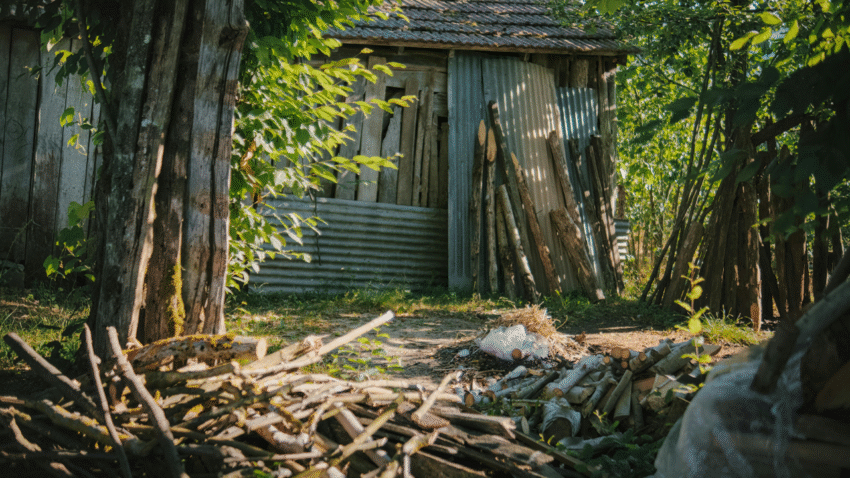Introduction
A shed with a damaged or unstable foundation can lead to sagging floors, misaligned doors, and even structural failure. Many shed owners are unsure how to fix these problems without tearing the whole structure down. Learning how to repair shed foundation issues is essential for keeping your shed safe, level, and functional. This guide will walk you through the key steps to assess and repair foundation problems so your shed lasts for years to come.
Why Repairing the Foundation Matters for Your Shed
The foundation is the most important part of your shed’s structure. A weak or damaged base can cause water damage, uneven settling, and wood rot, reducing the shed’s lifespan. Fixing foundation issues early prevents more expensive repairs later and keeps your shed stable, weather-resistant, and secure.
Step-by-Step Guide to Repairing Shed Foundation Issues
1. Inspect the Foundation
Check for signs of trouble such as sagging floors, cracked concrete blocks, rotting wooden beams, or water pooling under the shed. Identify whether the issue is due to rot, sinking soil, or broken supports.
2. Determine the Type of Foundation
Sheds typically sit on skids, concrete blocks, gravel pads, or poured concrete slabs. Knowing the foundation type will help you choose the right repair method.
3. Address Drainage Problems First
If water is pooling around or under the shed, fix drainage issues before making repairs. Add gravel, a French drain, or regrade the ground to keep water away.
4. Jack Up the Shed Safely
If the shed is leaning or sagging, use a hydraulic jack and wood blocks to lift it slightly. Always lift slowly and evenly to avoid damaging the structure.
5. Replace or Repair Rotten Supports
For wooden foundations, remove any rotted beams or skids and replace them with pressure-treated lumber. For concrete block foundations, reset or replace cracked blocks.
6. Level the Shed
Once supports are repaired or replaced, check for level using a long carpenter’s level. Adjust block heights or add shims under skids until the shed is stable and even.
7. Reinforce the Foundation
Add extra blocks, pavers, or gravel under weak areas to distribute weight more evenly. For sheds on skids, consider adding additional skids for better support.
8. Secure the Shed Back in Place
Once everything is level, lower the shed carefully back onto its repaired foundation. Check doors and windows to ensure they open and close properly.
9. Seal and Protect the Base
Paint or stain exposed wood to protect against moisture. Consider installing a moisture barrier or flashing along the shed base to prevent future damage.
10. Monitor the Shed Over Time
Inspect the foundation once a year to catch issues early. Regular maintenance helps prevent more major problems later.
Common Mistakes to Avoid
- Mistake 1: Ignoring drainage problems.
Solution: Fix water issues first to prevent the same damage from happening again. - Mistake 2: Lifting the shed too quickly.
Solution: Jack the shed up slowly and evenly to avoid cracking or twisting. - Mistake 3: Replacing supports with untreated wood.
Solution: Always use pressure-treated lumber or rot-resistant materials. - Mistake 4: Not checking for level.
Solution: Use a long level and adjust supports until the shed is perfectly even. - Mistake 5: Doing repairs without proper tools.
Solution: Use a strong hydraulic jack and solid blocks for safe lifting.
Extra Shed Tips & Hacks
- Add concrete piers or additional skids under larger sheds for extra support.
- Keep the area under the shed clear of soil or mulch to reduce moisture buildup.
- If you live in a wet climate, consider raising the shed higher on blocks or piers to prevent rot.
Check out our guide on how to prevent rot in shed wood to further protect your shed after repairing the foundation.
Conclusion
Repairing shed foundation issues may seem challenging, but with the right tools and steps, it’s a manageable DIY project. By fixing drainage problems, replacing rotten supports, and re-leveling the shed, you’ll extend its life and ensure it remains safe and functional for years to come.
Bookmark this guide so you can easily tackle foundation problems whenever they arise!
